5 Reasons You'll Fall in Love with Chicago's Pilsen Neighborhood
Chicago is famed the world over for its bold architecture, renowned museums, unique hot dog style, its seemingly inverted deep dish pizza, jazz music, and its gangster past. But where Chicago truly comes alive for locals is in its seventy-seven distinct neighborhoods.
Check out why city residents love Chicago's Pilsen neighborhood!
1. Pilsen's Street Art
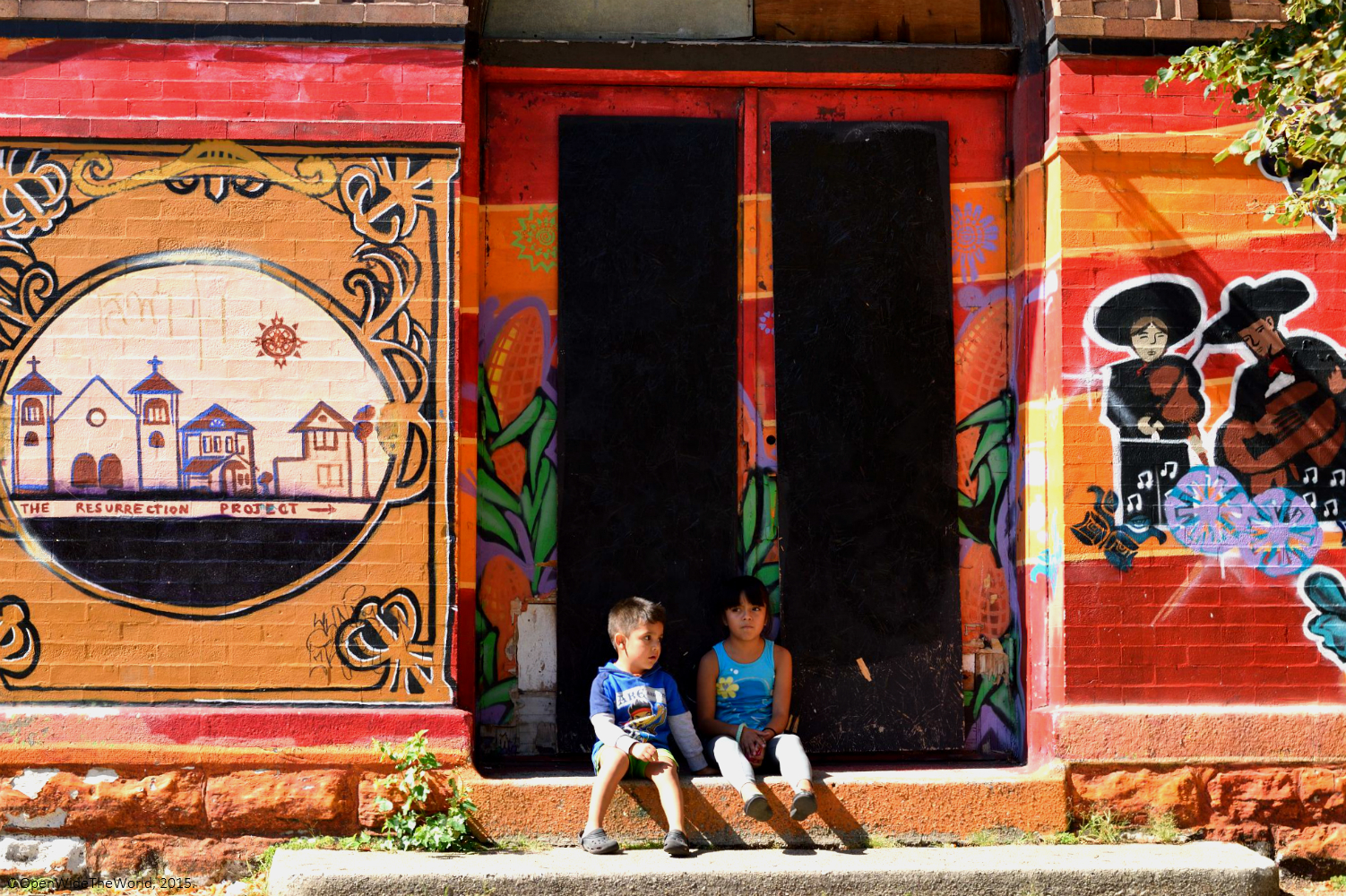
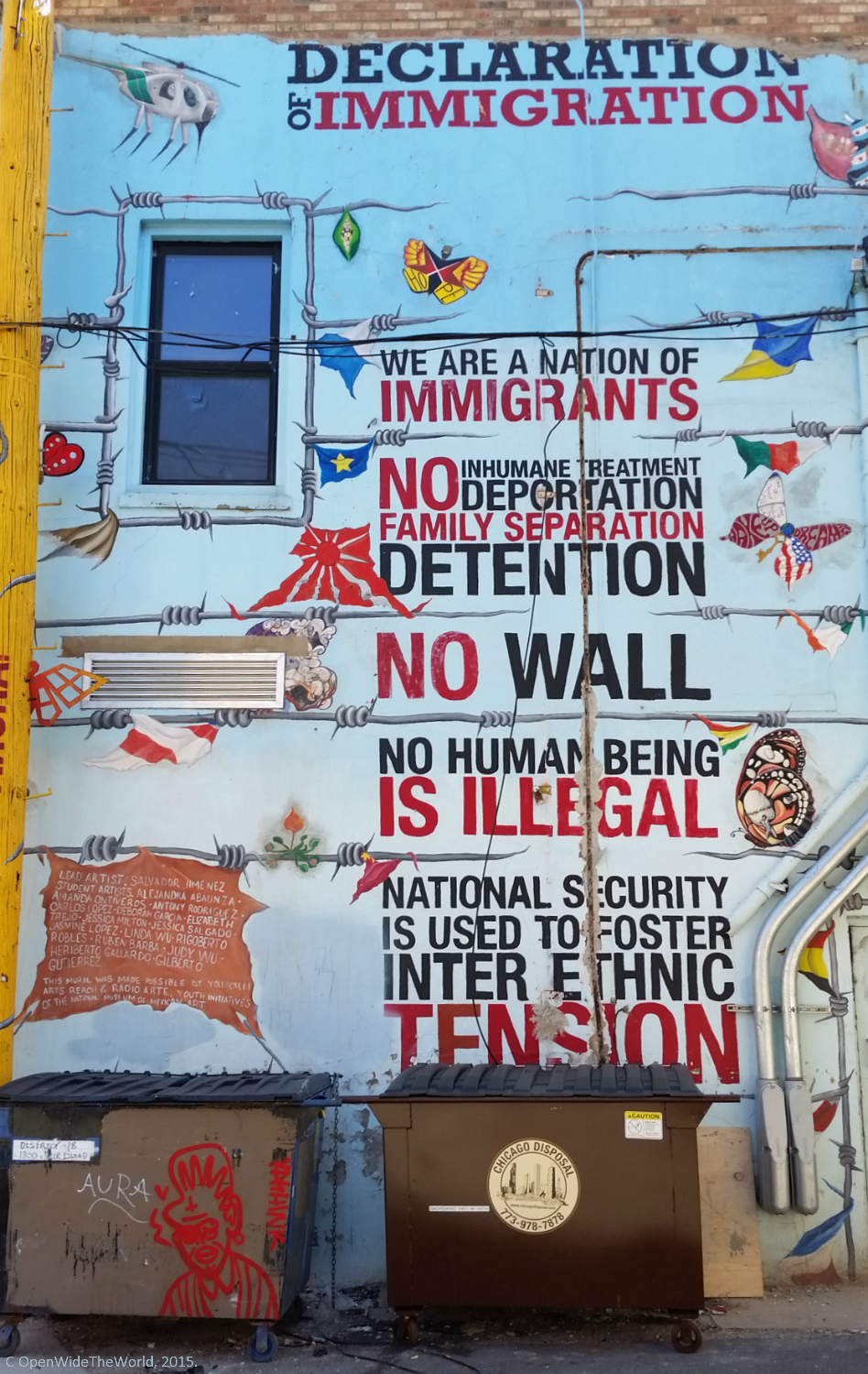
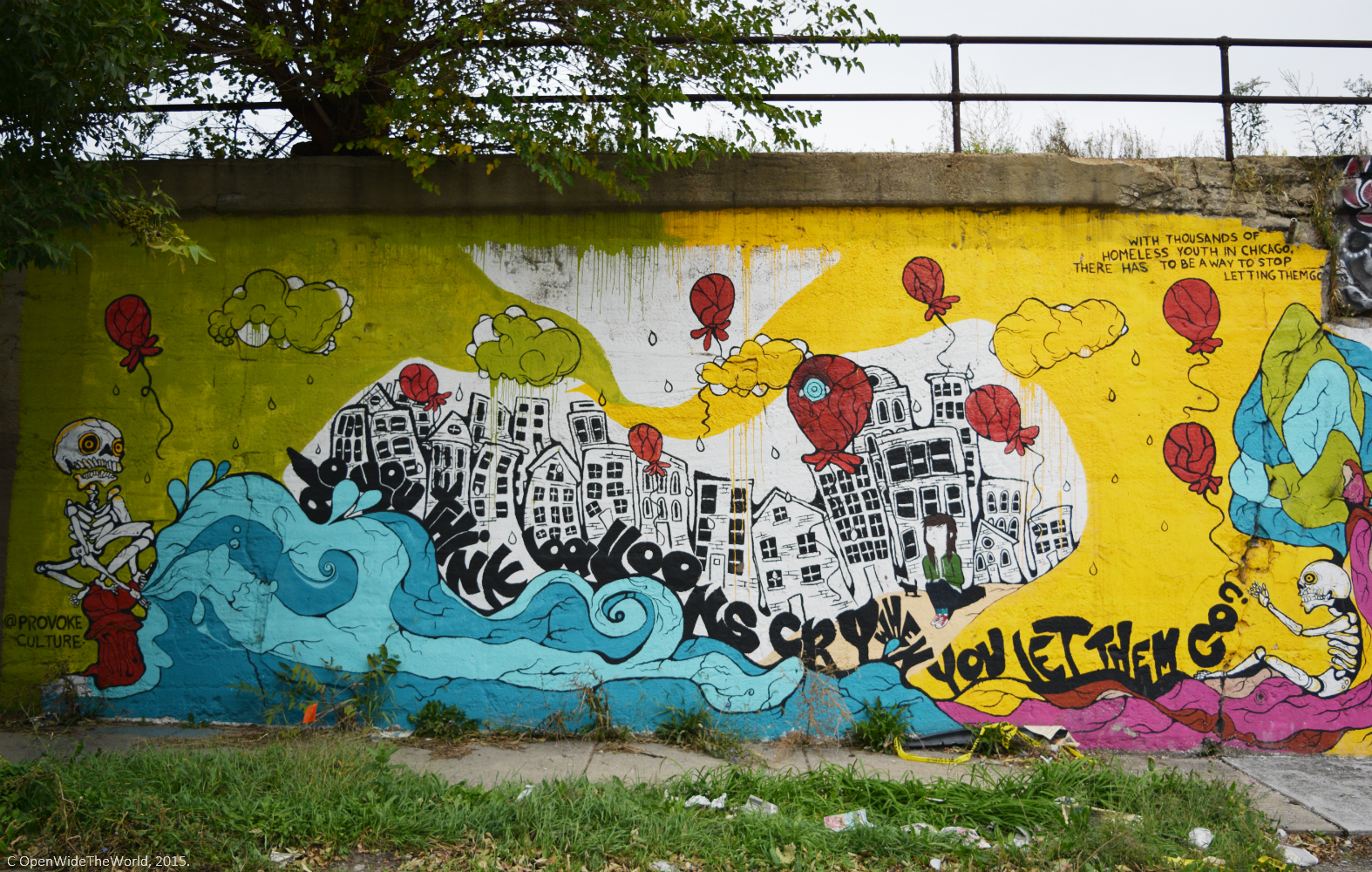


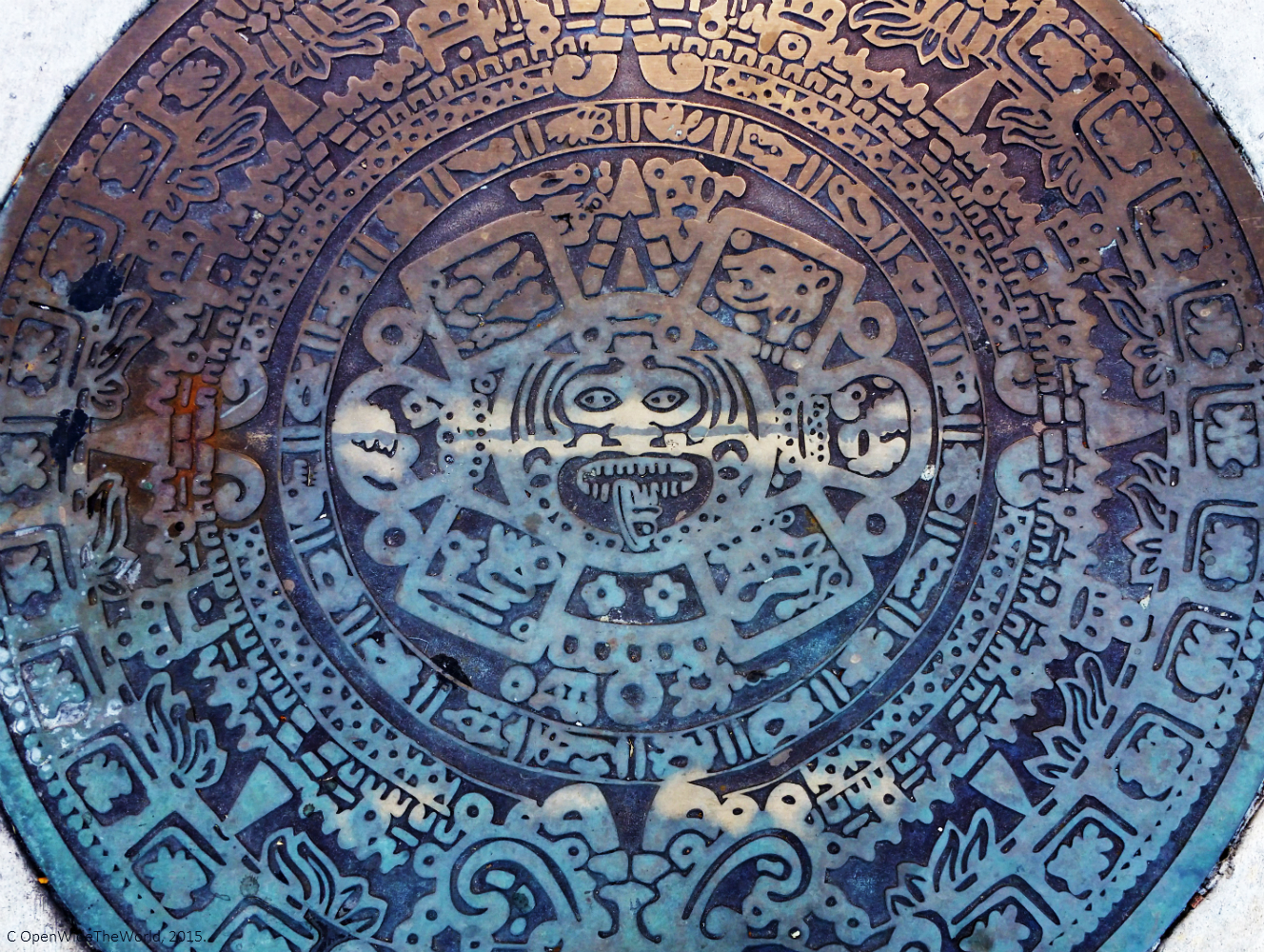

Pilsen is known citywide for its vibrant and compelling street art. From 50-year old wall murals reflecting the issues of their time, to a glass mosaic depicting a complete timeline of Mexican history, to the commissioned works of the 2012 Art in Public Spaces initiative, the Pilsen neighborhood might have the highest concentration of street art in the City of Chicago. Or at least the most beloved.
The greatest assembly of wall murals can be seen along the train tracks on 16th Street, between S. Wood and S. Halstead Streets. 18th Street holds its own, with a number of impressive building-high murals. And Cooper Branch School (1645 W. 18th Pl.) is virtually covered in mosaics and murals.
Pilsen pedestrians stroll across twenty metal sidewalk inlays of the Aztec sacred calendar (a.k.a. tonalpohualli). CTA travelers can also check out the mosaic at the Pink Line's Damen station, and the wall mural at the Pink Line's 18th station.
2. Pilsen's Coffee Shops
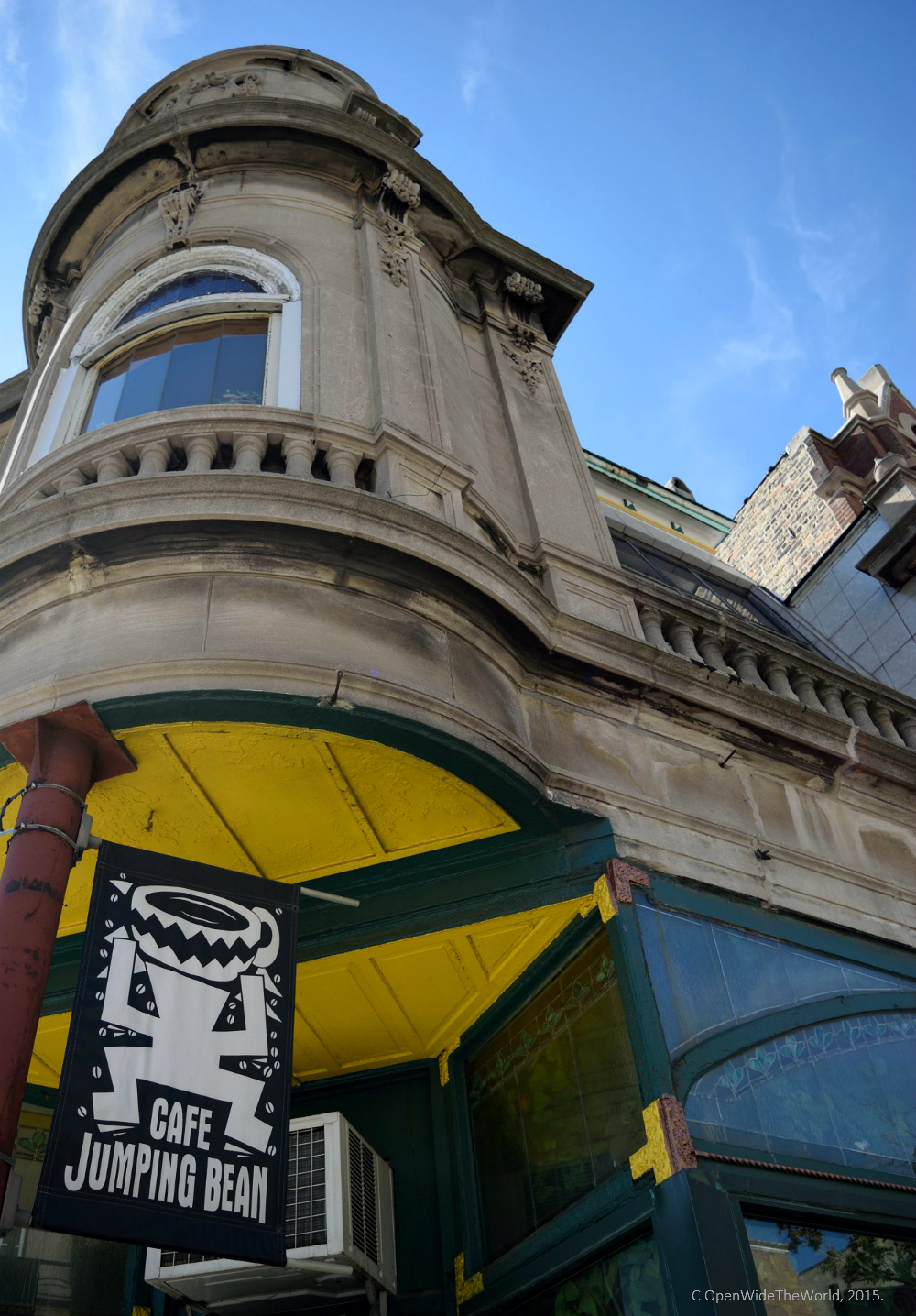

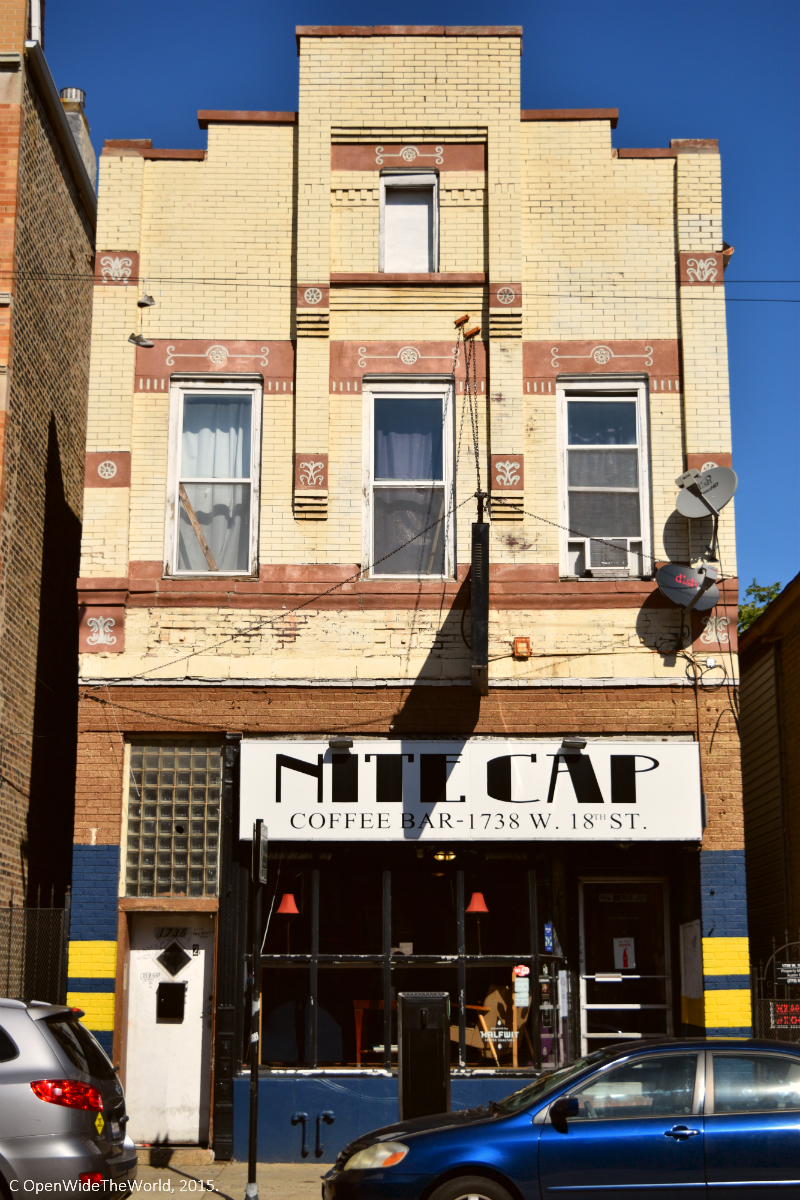
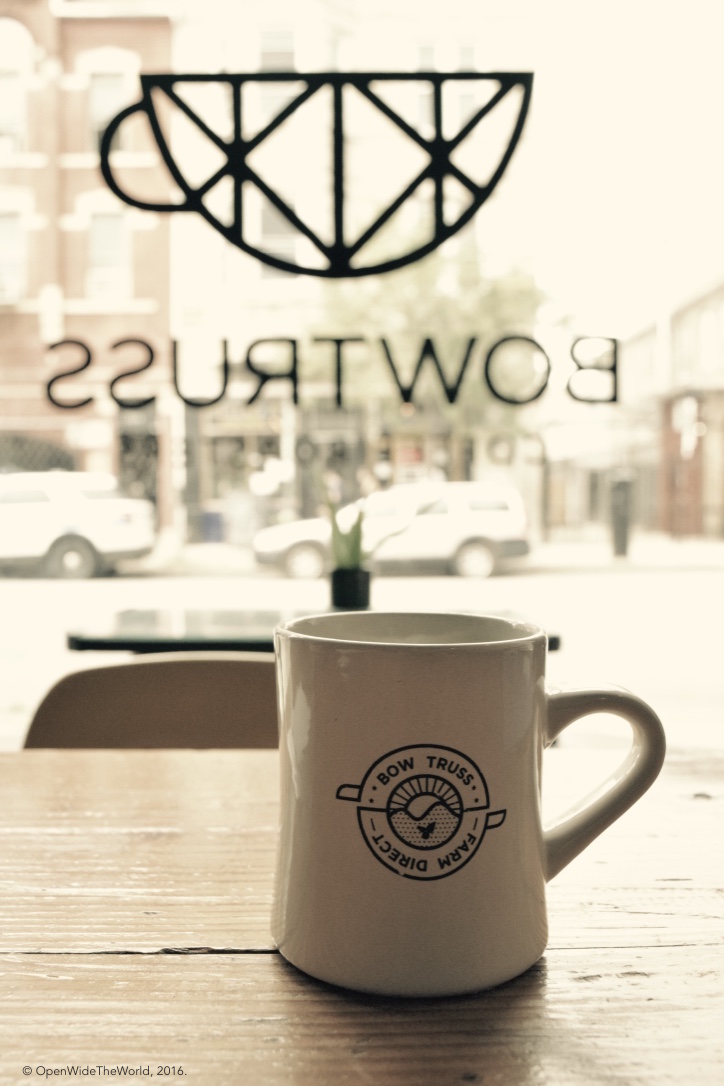
Café Jumping Bean, 1439 W. 18th St.
For the most authentic neighborhood flair, Café Jumping Bean attracts an ecclectic mix of locals. While sipping a chocolate mexicano, you're likely to overhear a debate on which school offers the best in bilingual education, advice on how to incorporate Mexican superstition into a story-writing assignment, or area directions given in relation to neighborhood wall murals. You may even spot a kid peddling handcrafted bracelets. And if you're lucky enough to get one of the twenty-four seats in the house, you can linger a little longer over a game of dominoes, tic tac toe, or other board games piled near the service bar.
Nitecap Coffee Bar, 1738 W. 18th St.
Adventurous coffee drinkers might be intrigued by Nitecap Coffee Bar. Known for their iced basil latte, Nitecap creates several other unique coffee syrups, as well as offering vegan treats and pastries. Nitecap has more room to spread out and a quieter atmosphere than Jumping Bean, with just a touch of a hipster vibe.
Kristoffer's Cafe and Bakery, 1733 S. Halstead St.
If you're on the far east side of Pilsen, Kristoffer's Cafe and Bakery is worth a stop-in. They make a mean horchata latte, with all the sweetness of a regular horchata, and just the faintest hint of cinnamon and coffee. A range of delectable Mexican pastries is their biggest draw.
Bow Truss, 1641 W. 18th St.
With ten locations around Chicago, Bow Truss doesn't offer a uniquely Pilsen vibe. However, Bow Truss is worth noting for its "farm direct" beans and hand-crafted, to-order coffees sourced from around the globe. Bow Truss baristas are knowledgable about their beans and the farms from which they're sourced. And just for fun, the Pilsen location features a 2-player old school Pac Man table!
3. Pilsen's National Museum of Mexican Art
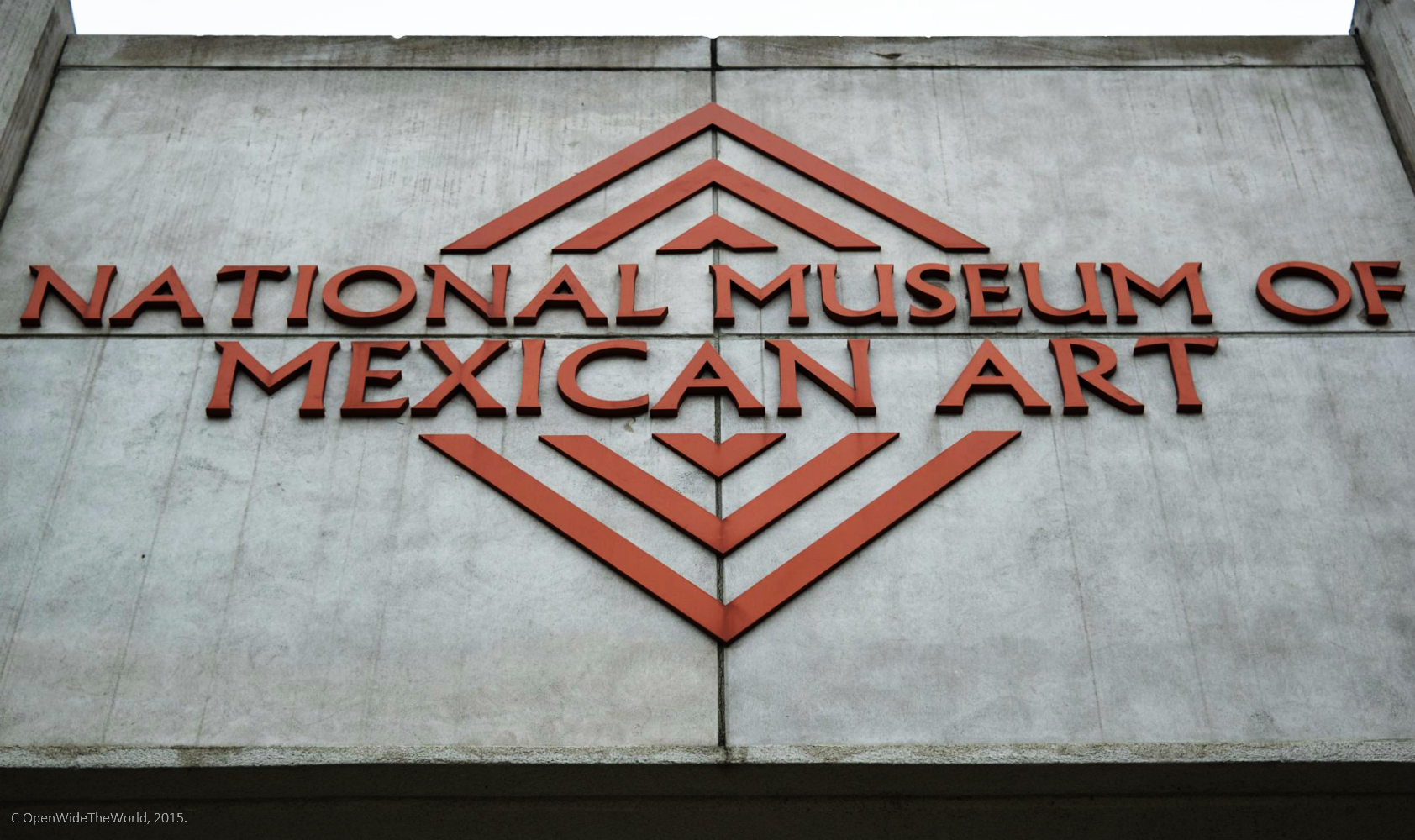
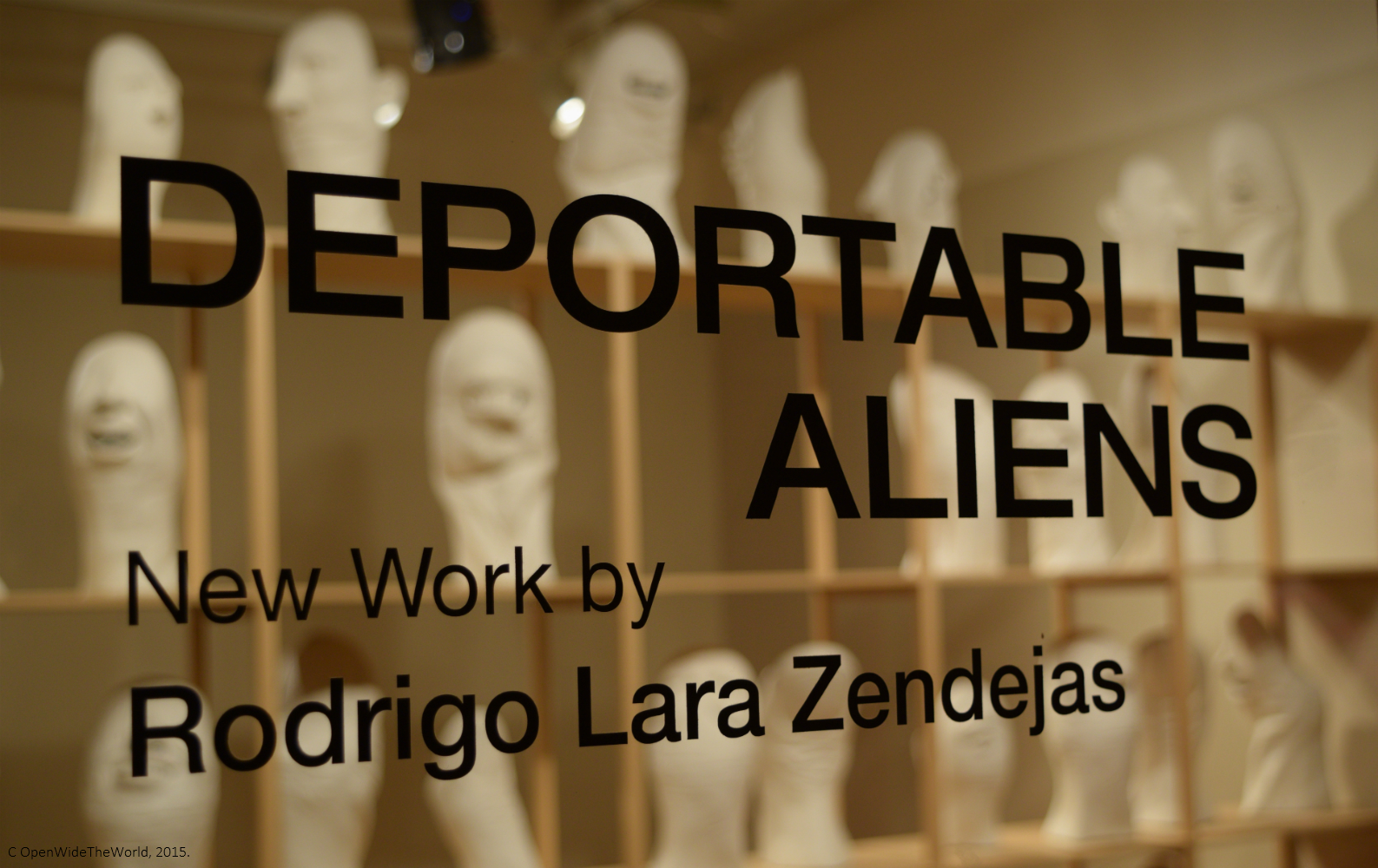

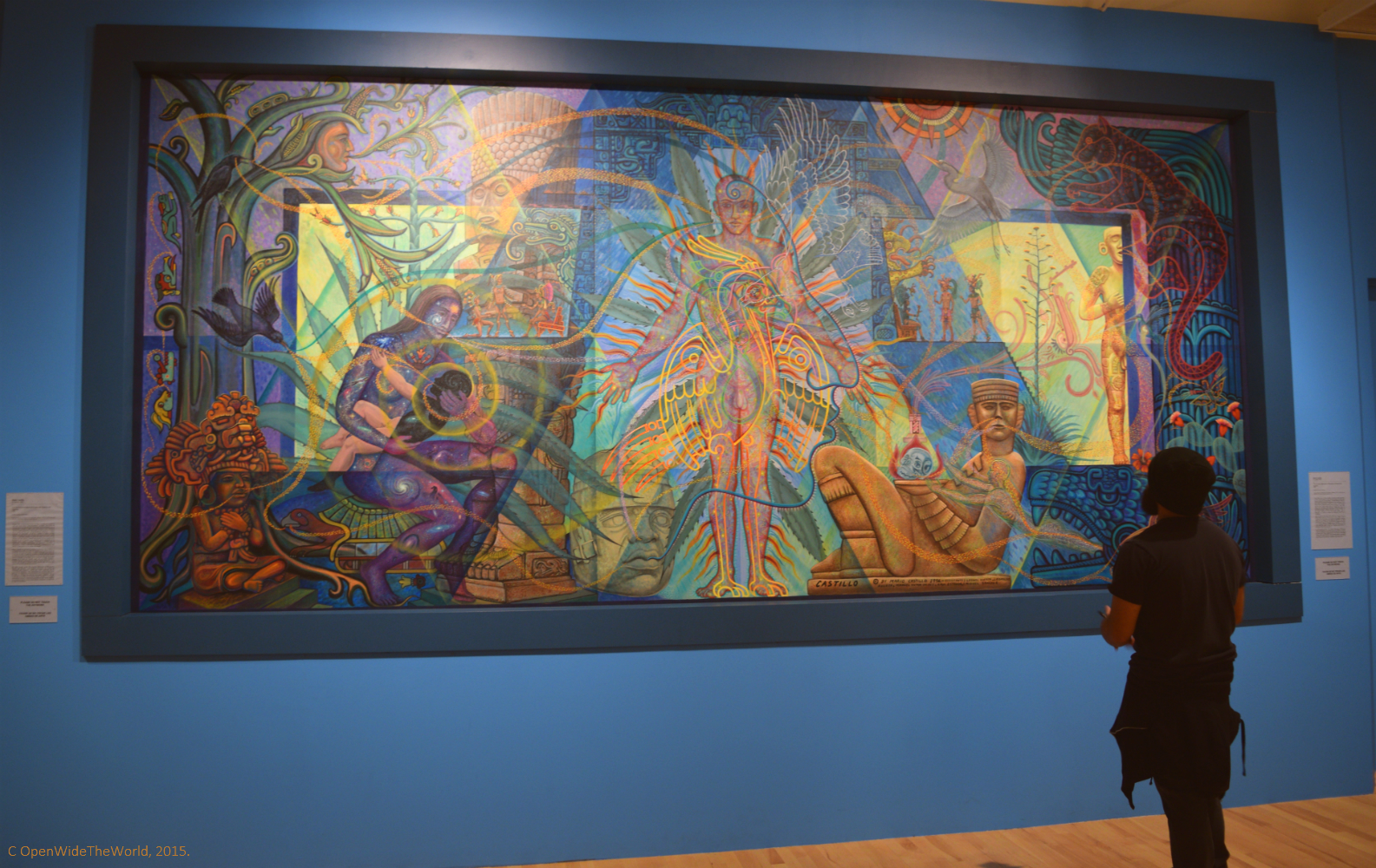
With a mission to showcase the beauty and richness of Mexican culture, the National Museum of Mexican Art is home to one of the largest collections of Mexican art in the country. Seven thousand works covering a time span of 3000 years make up the museum's permanent collection. But the NMMA's highlight is its annual 12-week long Día de los muertos exhibit, which draws artists and patrons from both sides of the border, and beyond.
The NMMA is located at 1852 W. 19th Street. It is open daily from 10 a.m. to 5 p.m; closed Mondays. Admission is free.
→ To better appreciate NMMA’s Día de los muertos exhibit, check out our Traveler’s Guide to Day of the Dead Altars. ←
4. Pilsen's Food Carts
(Photos are not included in this section, to protect the vendors.)
Carts selling cut fruit, food cooked on site, and fresh-brewed coffee have only been legal in Chicago since late September 2015. Licenses under the new ordinance haven't even been issued at the time of this writing. Nonetheless, carts selling tamales, sandía con chili y limón (watermelon sprinkled with chili powder and lime), elote (grilled corn on the cob), and coffee can be found every few blocks in Pilsen, especially within two blocks of 18th Street and near the National Museum of Mexican Art. If you don't mind defying the law while dining, these Pilsen food carts have good eats at great prices.
If you prefer to indulge in government-approved street fare, check out Pilsen's annual Food Truck Social held on 18th Street, between Racine and Throop each June.
5. Pilsen's Restaurants
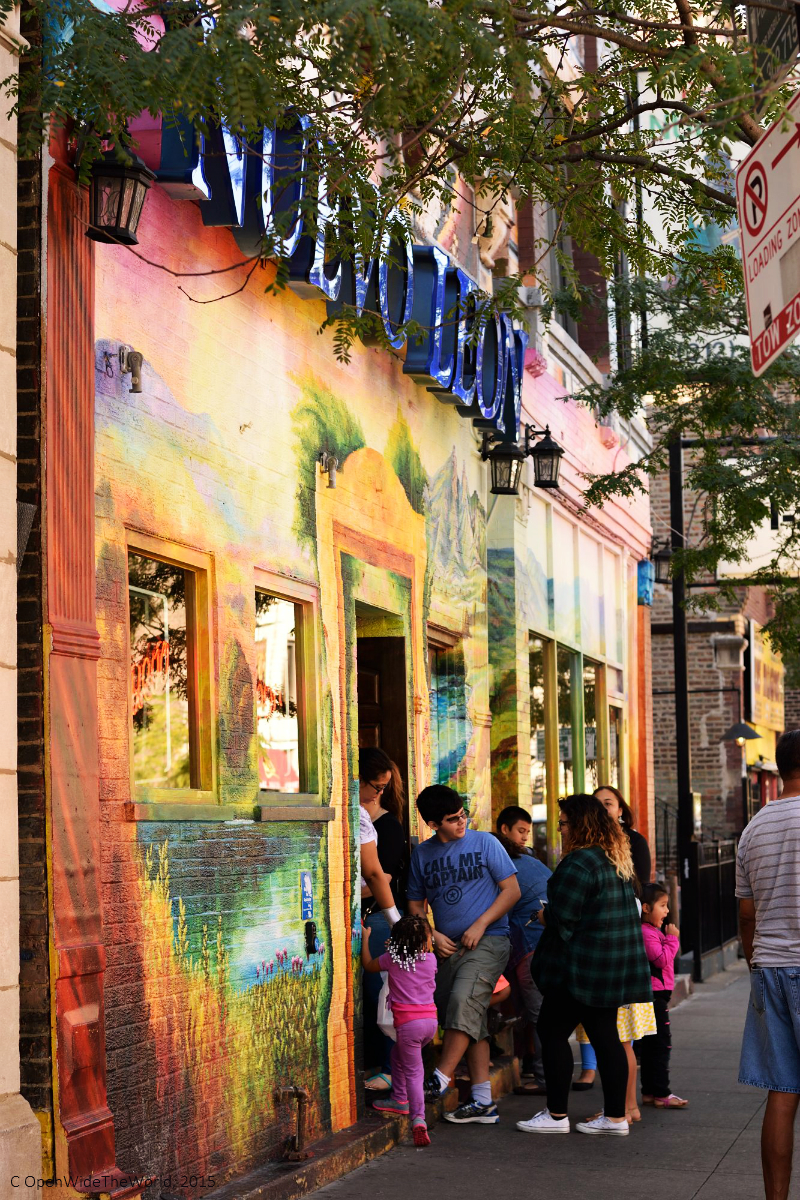
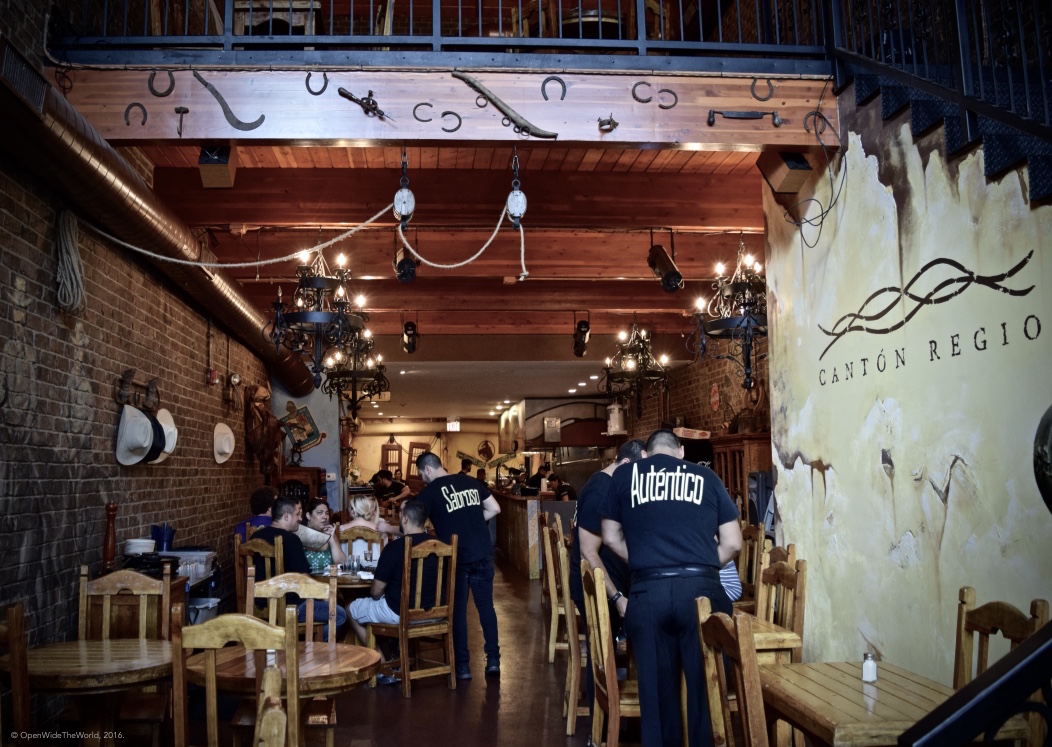
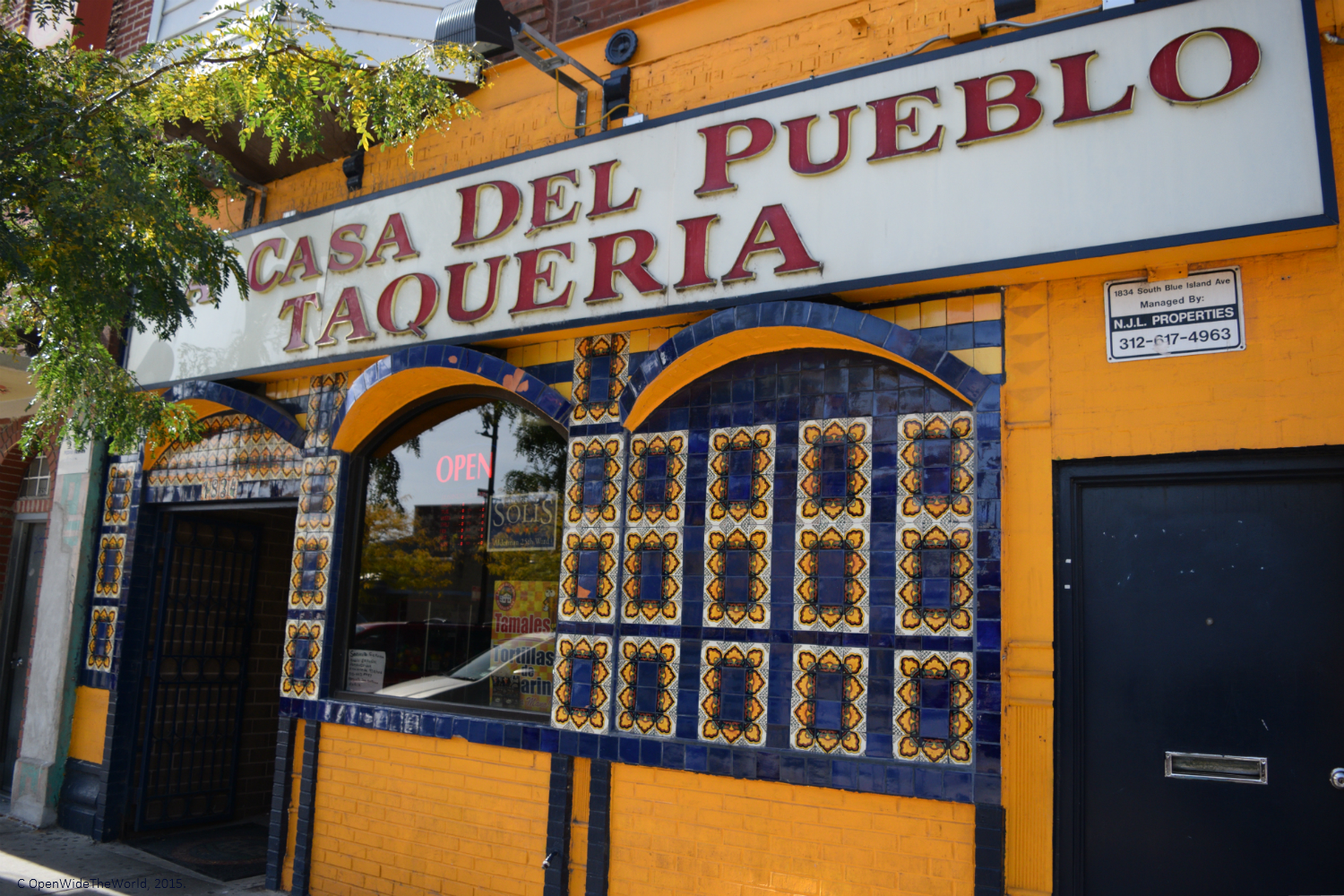
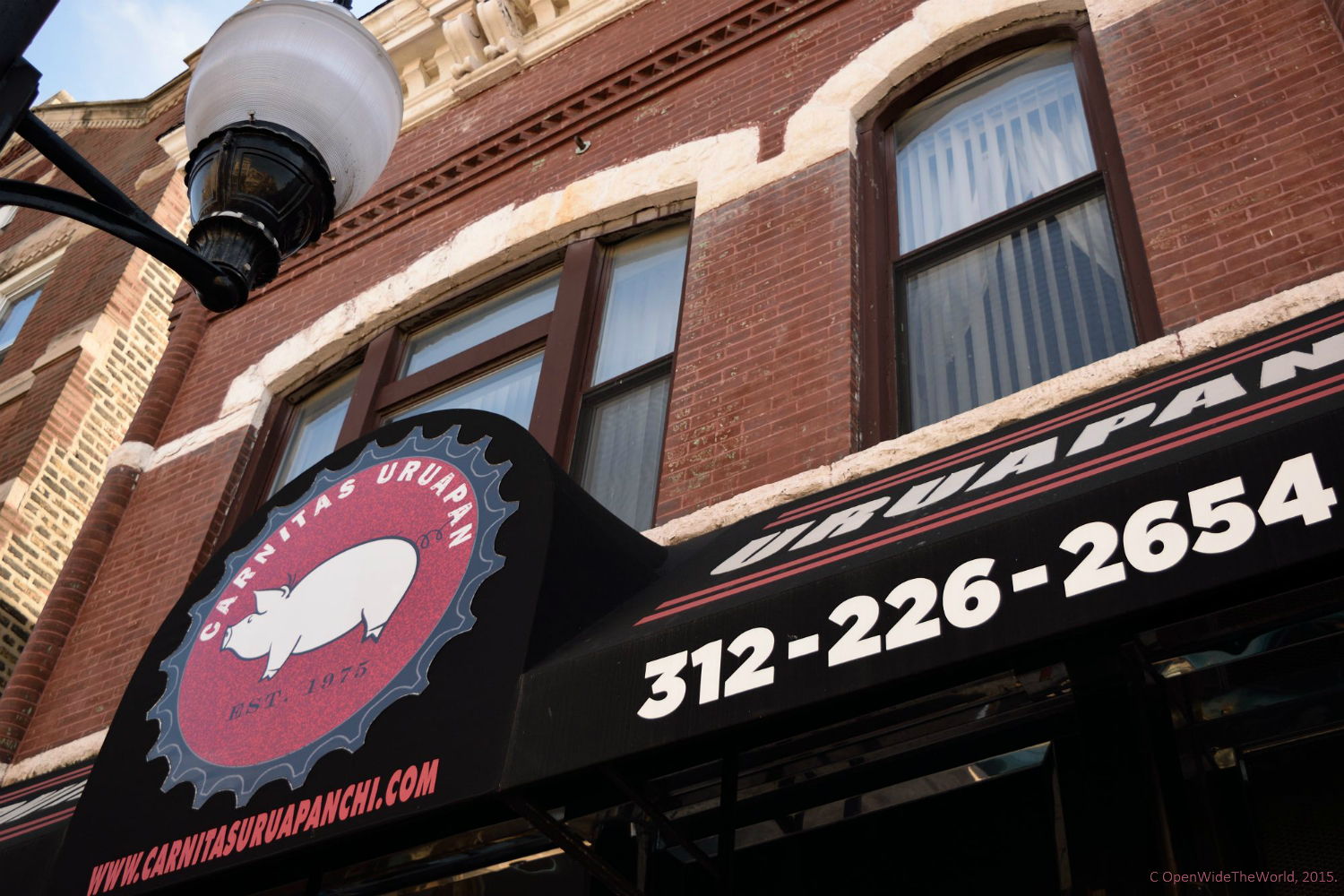
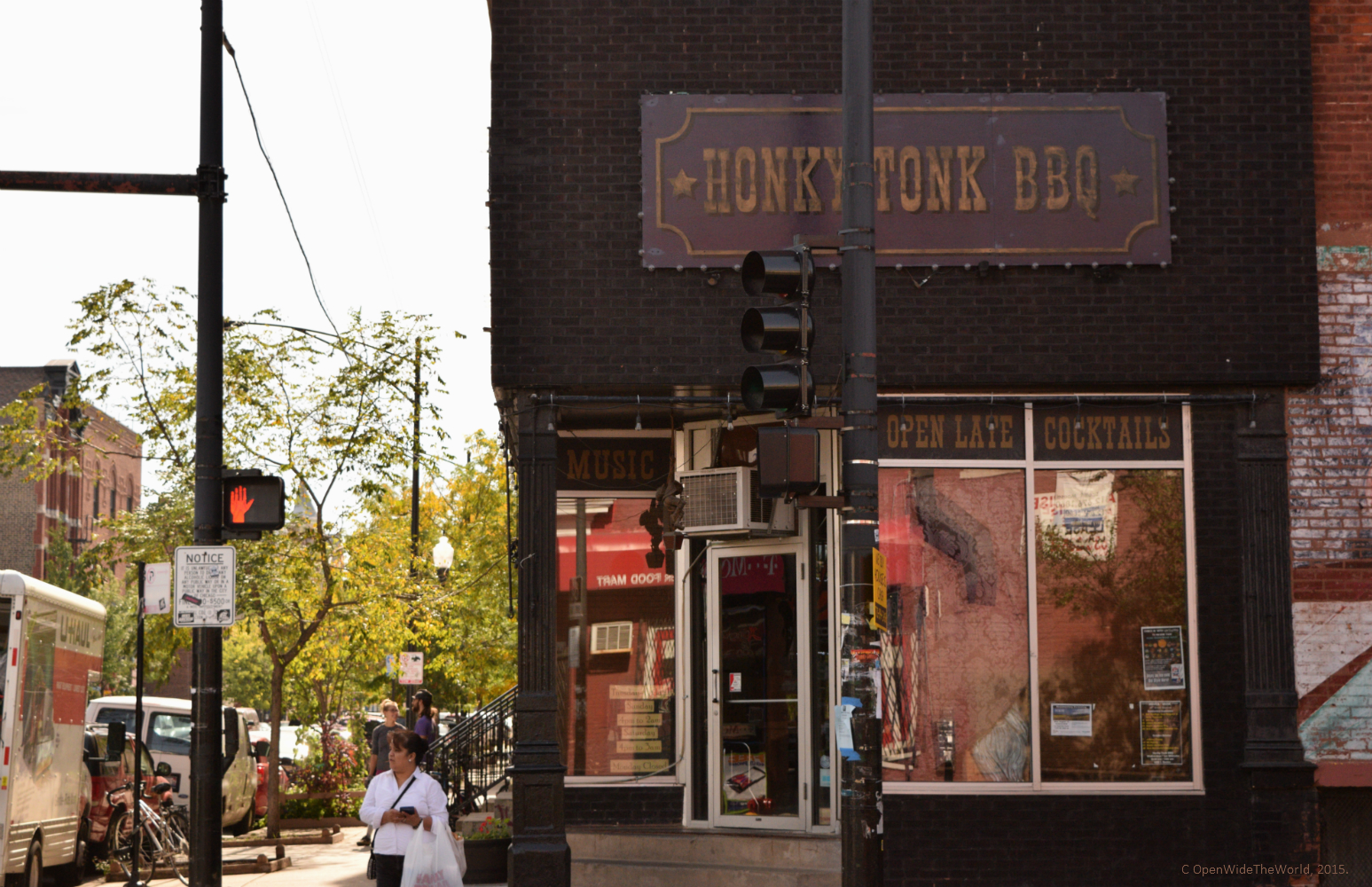
Nuevo Leon, 1515 W. 18th St. (edited: Cantón Regio, 1510 W. 18th St.)
Edited: Nuevo Leon suffered a devastating fire in December, 2015. Owners have rebuilt across the street, under the new name of "Cantón Regio."
A bit gentrified from the hole-in-the-wall feel of its predecessor (Nuevo Leon, operated by the Gutierrez family since 1962), Cantón Regio offers perhaps the most upscale dining experience in Pilsen.
Compared to Nuevo Leon, Cantón Regio's menu options have been reduced by 75% (we miss the old menu's pollo en mole!), and sides of beans and rice now come at an additional charge. But chips and various house-made salsas are still bottomless, and meal portions continue to be substantial.
With a more upscale decor and prices to match, Cantón Regio is worth a trip for a special occassion in Pilsen. However, we sincerely hope the Gutierrez family will rebuild Nuevo Leon with its family-friendly pricing and down-home feel. Unfortunately, as of our most recent conversation with the owner in August, 2016, there are no current plans in the works to rebuild Nuevo Leon; it may remain a future possibility he noted.
Note: Cash only, and BYOB.
La Casa del Pueblo, 1834 S. Blue island Ave.
La Casa del Pueblo offers food, portions, and pricing similar to the former Nuevo Leon: good, authentic, and inexpensive. Plus, their tamales are the best in the neighborhood. With a no-frills atmosphere and quick food prep, this is a great stop for anyone on a tight schedule and a tight budget.
Carnitas Uruapan, 1725 W. 18th St.
For the bravest souls, Carnitas Uruapan offers truly authentic carnitas, which include parts of a pig many Caucasian Americans might rather not know about. Two of us love it, along with chicarrones (deep fried pork skin, sold by the pound here); the other can't quite stomach it.
Honky Tonk BBQ, 1800 S. Racine St.
Why would you come to Pilsen and eat anything but Mexican food? Because Honky Tonk BBQ is top of the South Side-style BBQ scene, that's why. Honky Tonk meats are slow smoked over wood each day and served with traditional home-style Southern sides, like green beans, cole slaw, and mac and cheese. Our Honky Tonk faves: candied bacon and the goat cheese salad.
Pin this post for your next trip to Chicago!
Did we miss anything?
If you've got a Pilsen favorite that we didn't mention, drop us a line in the comments below!
We participate in Amazon's affiliate program, which allows sites to earn advertising fees. There is no additional cost to readers making Amazon purchases through our site.


